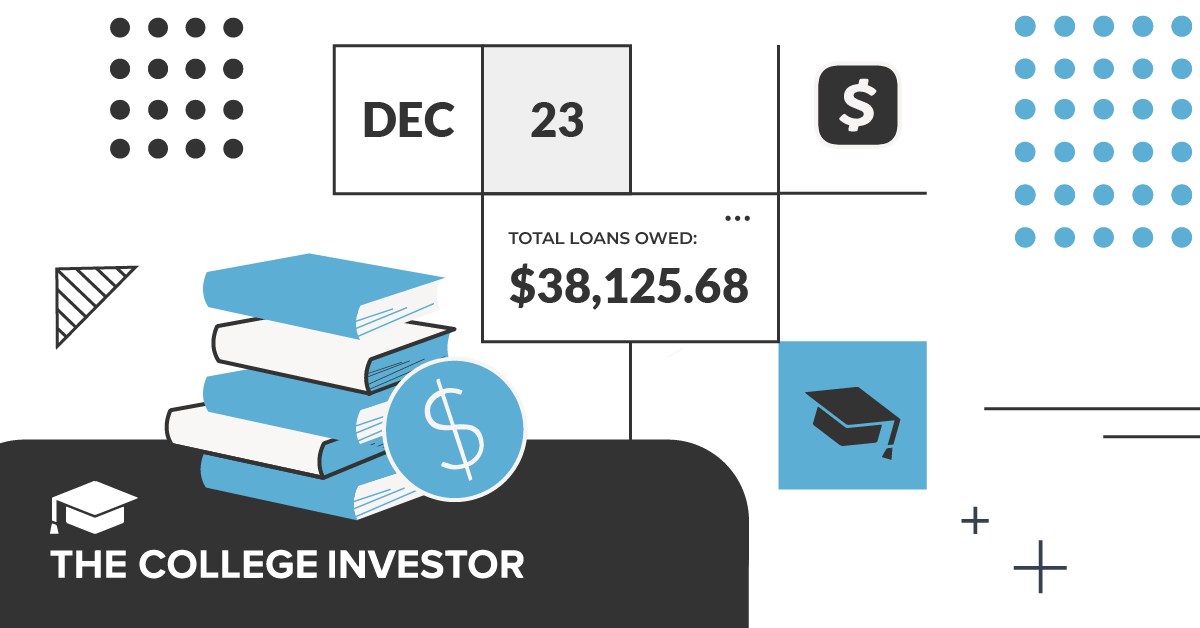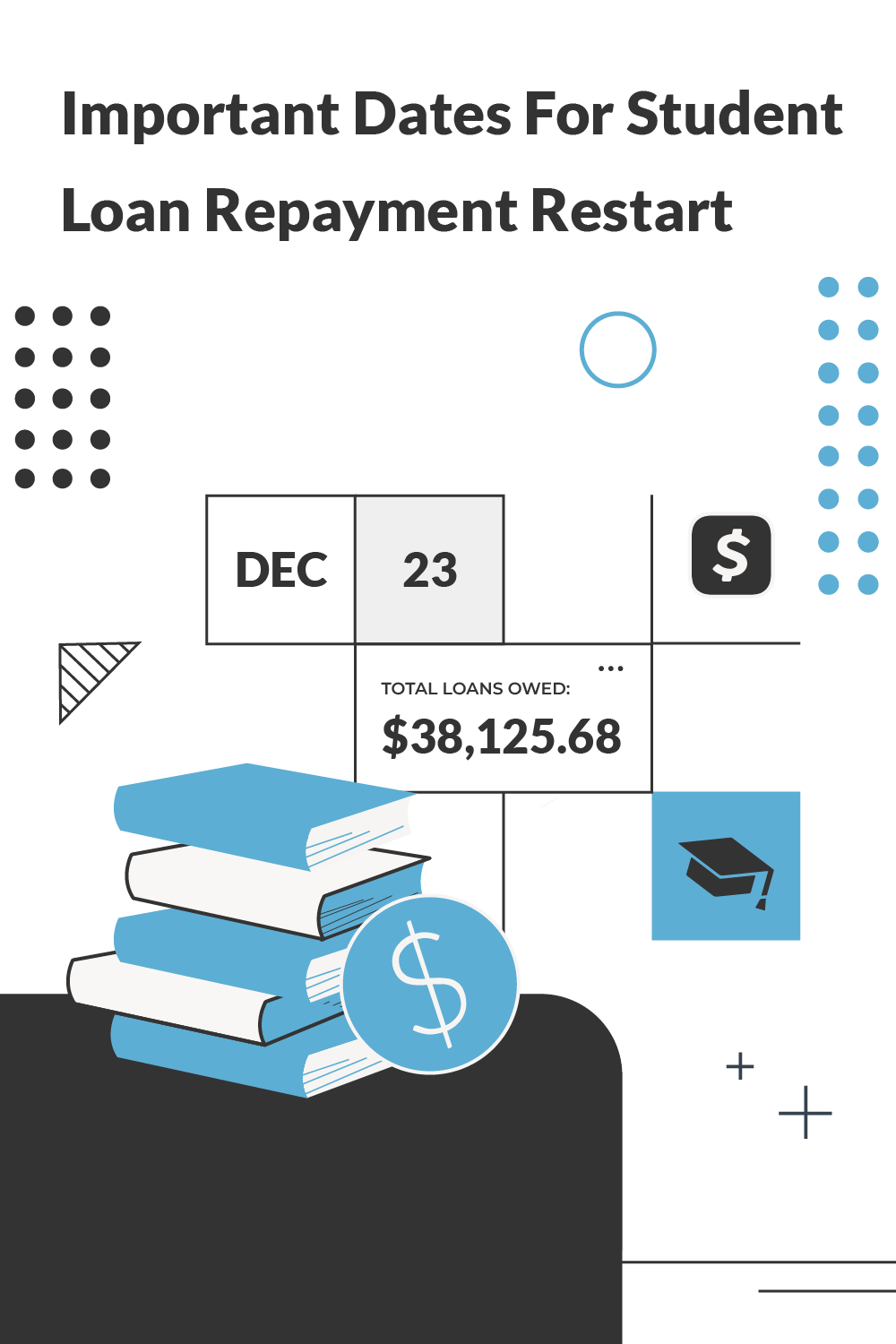
By the time student loan repayment resumes this fall, the payment pause and interest waiver will have lasted for a total of 42 months, or three and a half years.
Federal student loans have been out of sight, out of mind, for so long that some students may have forgotten about them.
To help you plan for the start of repayment, I’ve gathered a list of important dates, along with some tips to help you prepare for a smoother start to the repayment period.
Timeline For The Restart Of Repayment
Here are the major timeline elements for repayment restart:
- 60 days after June 30, 2023. The Fiscal Responsibility Act of 2023 requires repayment to restart 60 days after June 30, 2023. The loan servicers and the U.S. Department of Education will send at least a half dozen notices of the restart of repayment to borrowers during the 60-day period. This will include information about the payment due date, repayment plan and the payment amount.
- September 1, 2023. Interest starts accruing again on federal student loans. (Although 60 days after June 30, 2023 is August 29, 2023, from a practical perspective this means the first of the following month.)
- October 2023. Payments are due. Borrowers will have at least 21 days to make payments on their student loans.
- October 1, 2023 to September 30, 2024. During the 12-month on-ramp, late payments will not be reported to credit reporting agencies or turned over to collection agencies. Interest, however, will continue to accrue.
- July 1, 2024. The new SAVE income-driven repayment plan will become available, cutting payments in half on undergraduate federal student loan debt. Some aspects will be phased-in early, such as the change in the income threshold from 150% of the poverty line to 225% of the poverty line and the elimination of interest beyond the calculated payment amount when the payment is less than the new interest that accrues. Other changes will take longer to implement.
How to Prepare for the Restart of Repayment
Here are five steps you can take to ensure a smoother restart of repayment.
- Update your contact information with the loan servicer and on StudentAid.gov. This will ensure that you are notified about your payment due date and payment amount.
- Visit StudentAid.gov to look up your loan servicer. Almost half of borrowers will have a new loan servicer. If your servicer has changed, you may need to create an account on the loan servicer’s website.
- Sign up for autopay. This way, your monthly payment can be automatically transferred from your bank account to the student loan servicer. You will be less likely to be late with a payment in the chaos and confusion over the restart of repayment. You will also receive a quarter of a percentage point interest rate reduction as an extra benefit, saving you money. If you were previously signed up for autopay, you will need to sign up again.
- Create a budget and track your spending. A budget will help you stay on track. Label each expense as mandatory (need) or discretionary (want). Also assign each expense to one of several broad categories, such as food, housing, transportation, medical care, etc. Calculate the totals at the end of the month. Just being aware of your spending will help you exercise restraint. Compare your student loan payment to determine whether you can pay the student loan bill by cutting discretionary spending.
- Take action! If there isn’t enough room in your budget to cover the student loan payment, you have two main options, other than being more aggressive in cutting your spending. One is to earn more money by asking your boss for a raise or starting a side hustle in the evenings and weekends. Not only will this help you earn more money to pay the student loan bill, but you’ll have less time available to spend money. The other is to change repayment plans. Some repayment plans offer a lower monthly student loan payment by stretching out the term of the loan (and increasing the total interest paid over the life of the loans). These include extended repayment and income-driven repayment.
The Bottom Line
Ultimately, student loan repayment isn’t something that you can avoid. However, you can make the process smoother by adhering to the timelines provided, and by following the tips I’ve shared above. The more planning you do in advance, the more prepared you’ll be when the time comes.

Mark Kantrowitz is an expert on student financial aid, scholarships, 529 plans, and student loans. He has been quoted in more than 10,000 newspaper and magazine articles about college admissions and financial aid. Mark has written for the New York Times, Wall Street Journal, Washington Post, Reuters, USA Today, MarketWatch, Money Magazine, Forbes, Newsweek, and Time. You can find his work on Student Aid Policy here.
Mark is the author of five bestselling books about scholarships and financial aid and holds seven patents. Mark serves on the editorial board of the Journal of Student Financial Aid, the editorial advisory board of Bottom Line/Personal, and is a member of the board of trustees of the Center for Excellence in Education. He previously served as a member of the board of directors of the National Scholarship Providers Association. Mark has two Bachelor’s degrees in mathematics and philosophy from the Massachusetts Institute of Technology (MIT) and a Master’s degree in computer science from Carnegie Mellon University (CMU).



![Future Presale Code, Setlist Tickets, Dates & Tour Information [2024 ] Future Presale Code, Setlist Tickets, Dates & Tour Information [2024 ]](https://i3.wp.com/stadiumhelp.com/wp-content/uploads/2018/07/future-tour.jpg?w=520&resize=520,292&ssl=1)














